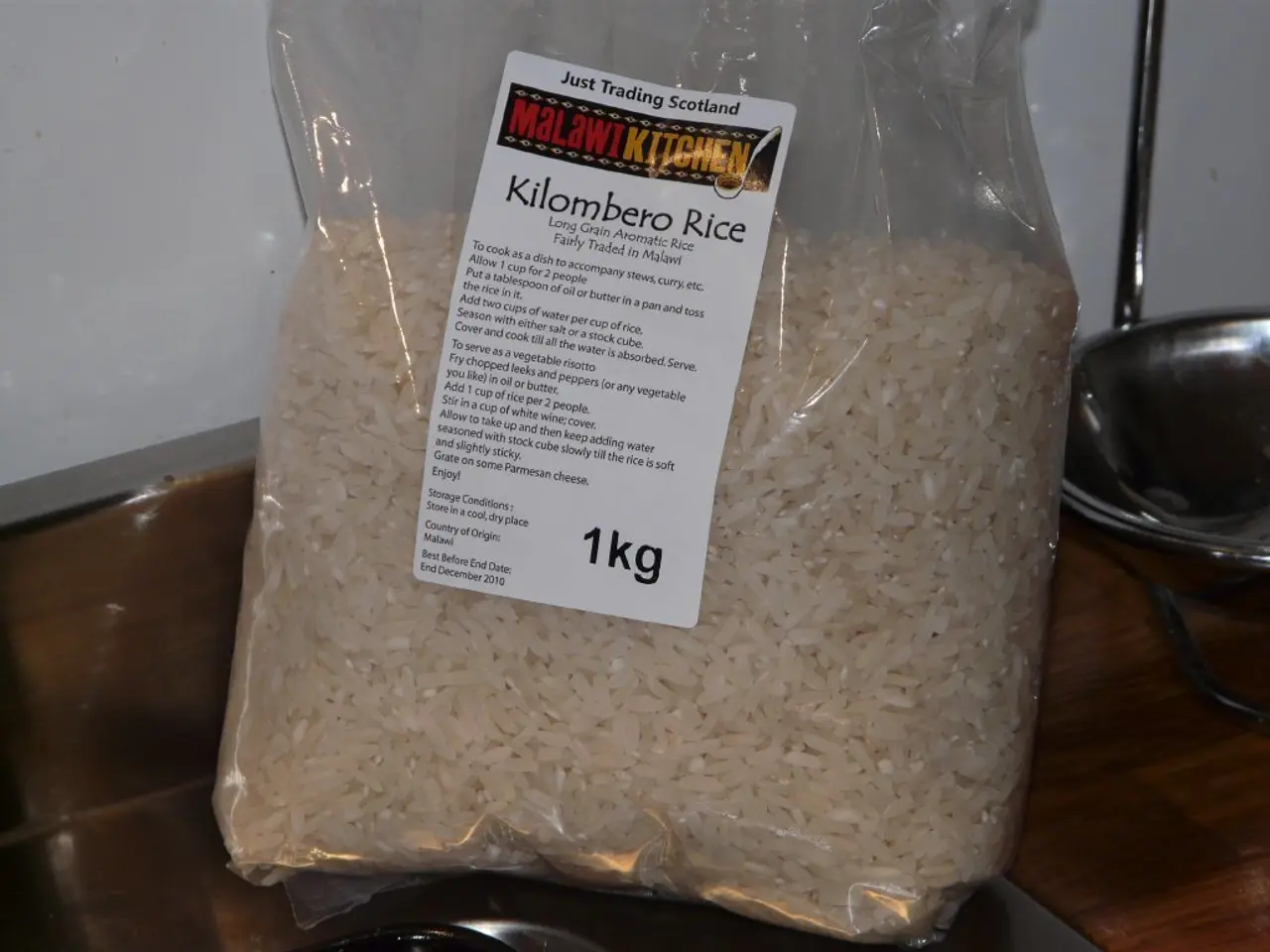Methods for Cultivating Vigorous Rice: Crucial Advice for Harvesting Nutritious Rice Crops in Your Own Garden Plot
Glen, an experienced gardener with over 15 years of hands-on experience in garden maintenance, design, and landscaping services, shares insights into the art of rice cultivation.
Rice, a staple food for billions, has distinct growing requirements compared to other crops. It thrives in standing water and requires careful temperature control, making indoor growing suitable for varieties like short-grain Japonica. Outdoor cultivation, on the other hand, involves flooded fields known as paddies and suits most rice types.
The optimal conditions for growing rice involve specific soil characteristics, climate parameters, and water management practices.
Soil plays a crucial role in rice cultivation. Rice grows best in soils that retain water well, typically clay or silty clay loams with good water-holding capacity. Proper soil structure is critical; maintaining good soil aeration through drainage and avoiding excessive compaction supports root growth and nutrient uptake. Flooded soils are common but need management to prevent long-term waterlogging and associated soil degradation.
Climate is another essential factor. Rice cultivation requires warm temperatures, generally between 20°C and 35°C during its growing period. The crop is sensitive to temperature variations at different growth stages; sufficient accumulated temperature and growing degree days are crucial, particularly during the reproductive phase. Adequate solar radiation and precipitation during the growing season also significantly affect yield.
Water management is vital for rice cultivation. Rice is traditionally grown in flooded conditions, which serve multiple functions such as thermal regulation, nutrient transport, oxygen transfer, and weed control. Optimal water depth varies but is often around 9–15 cm for many regions, though this depends on local climatic and soil conditions. Continuous flooding is common, but alternate wetting and drying (AWD) irrigation has been shown to improve water use efficiency, reduce greenhouse gas emissions, and maintain or improve yield. Sustainable water management includes controlled irrigation scheduling and drainage to maintain proper soil aeration and minimize waterlogging.
Preparation of the paddy field or garden bed is important for rice cultivation, including leveling, clearing of weeds, and maintaining water levels just a few inches deep. Harvesting rice should be done when the grains are golden and firm, with a moisture content of around 12-14%, to prevent the growth of mold and to ensure the rice doesn't germinate.
Knowing rice varieties and their unique traits is essential for rice growers. Long-grain rice, such as basmati and jasmine, are long and slender, becoming fluffy when cooked, and are ideal for dishes where separate grains are desired. Short-grain rice, such as Japonica and glutinous rice, are even shorter and rounder, tend to stick together due to a high starch content, and are perfect for desserts and sushi.
Red, brown, and black rice are whole grains with a nuttier flavor and higher nutritional content than white rice. Medium-grain rice, like oryza sativa, are shorter and wider, tend to be more moist and sticky, and are great for sushi or risotto.
Upland rice can grow in conditions where water is not as abundant and are quite hardy. Proper drainage is crucial to avoid excessive moisture and waterlogging in rice fields.
In summary, for optimal rice growth:
- Use well-structured, water-retentive soils with good aeration.
- Ensure warm, stable temperatures with sufficient heat accumulation over growth phases.
- Manage water by maintaining shallow flooding (around 9–15 cm), with periodic drying phases (AWD) to improve water efficiency and soil health.
These conditions collectively support healthy root development, nutrient use, and yield optimization in rice cultivation.
Read also:
- Car owner sells Lamborghini Huracán Performante, purchased for $281K, to WeBuyAnyCar three days after acquisition to assess trade-in value
- Mornings have become invigorating with the substitution of my traditional alarm clock for a Philips Hue light.
- Sustainable cosmetics: Pursuing a greener and environmentally friendly beauty sector
- Top-Picked Long-Lived Perfumes Revealed by Their Creators




